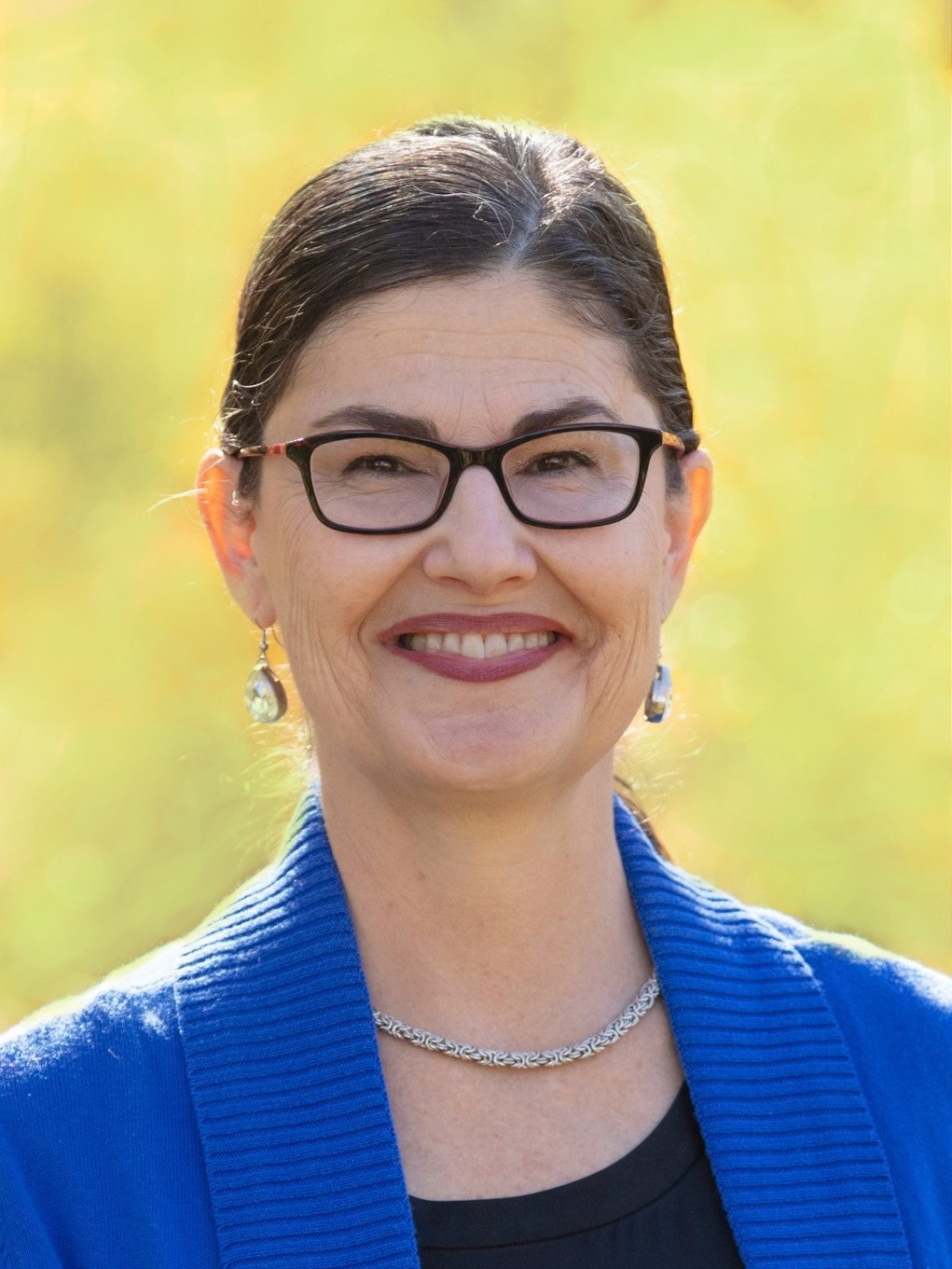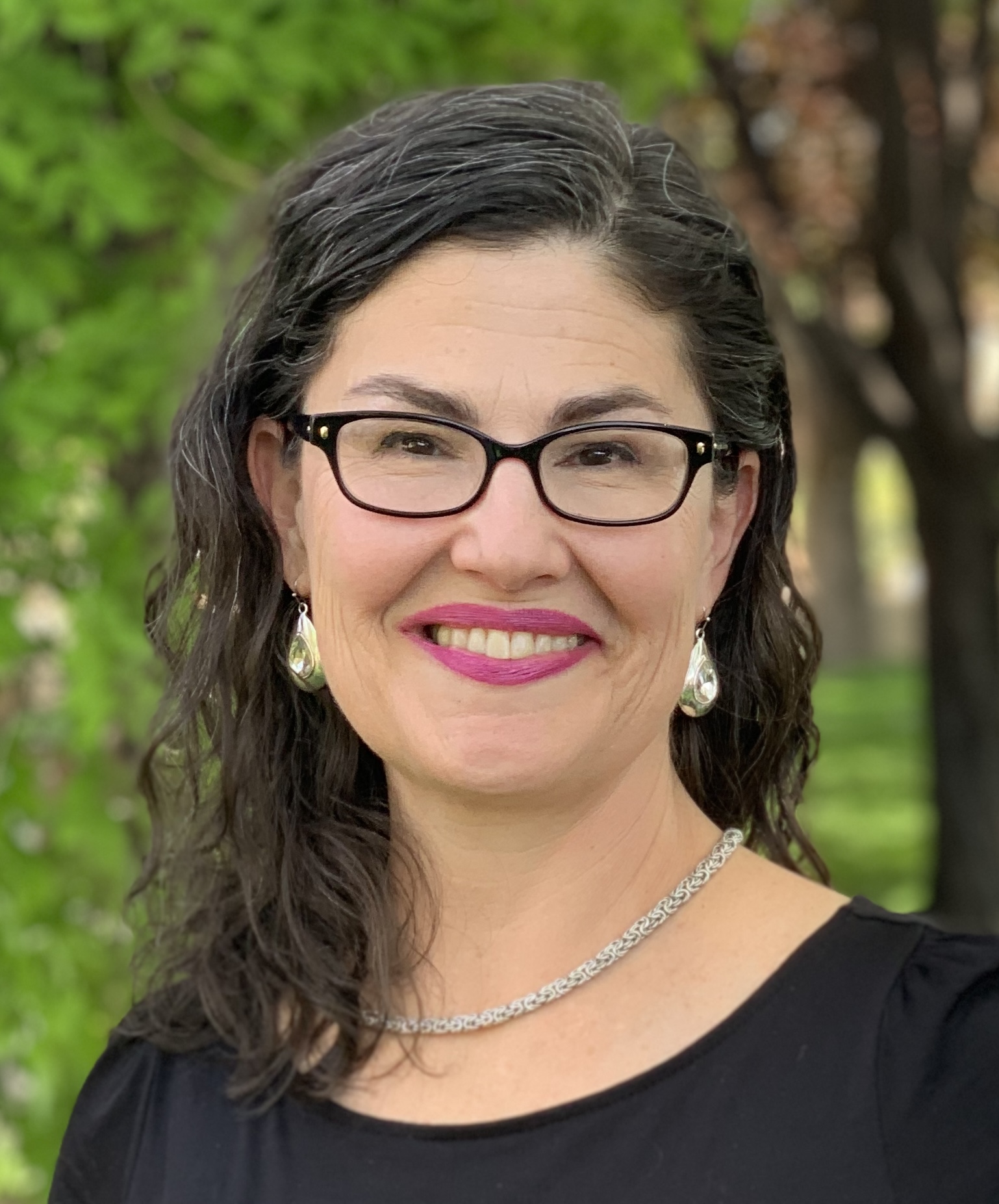Have you ever woken up in the morning with a list of things that you want, or need, to do, only to find yourself half-way through the day with no more energy? I think the increase in sales of energy drinks, coffee, tea, etc., is proof enough that you are not alone.
Is there a way to conserve and s-t-r-e-t-c-h our energy so that it lasts longer and we can feel less exhaustion at the end of the day?
Yes! Learning how to pace is a very valuable tool for anyone, anytime, & at any age! Think about the built-in recesses during our school years, breaks during the workday, Latin siestas and traditional English “tea-time”. 🫖
Basic pacing has been a part of human culture throughout the centuries, but our “Go! Go! Go!” Climate today has taught us, “No pain, no gain”, and to “push through it”. While this is necessary at times, and may even seem more efficient, it has caused real health problems in our society, including chronic health issues that really knock many of us flat (Some experts say that between 40-60% of the population suffers from at least one chronic health condition.)
Of course, this is only one factor, but it IS one that we can learn to better manage. That’s where pacing comes in. What is it?
Well, PACING is best used as part of a suite of strategies including PRIORITIZING and PLANNING:
- PACING is about learning to use our energy efficiently.
- PRIORITIZING is about choosing what is most important to us, and
- PLANNING is about thinking ahead in order to make choices that will respect our energy and priorities.
It’s about maximizing output while not using up more energy than we have available… a real challenge sometimes, because our physical, mental and emotional resources change from day to day.
💵💶💷💴💵💶💷💴💵💶💷💴
Imagine your energy as a checking account balance. You have limited funds, and have to choose to spend each bill wisely. However, if you make decisions that cause you to overdraw, you don’t only have to repay that amount, but now you also have to pay a fee.
Our energy can be the same. If we overdraw even a small amount, we may get hit with a hefty fee that could take days, or perhaps even weeks, to repay. So we must budget wisely!
In the coming posts, I will talk about Who can put this into practice, When it’s best to learn this skill, Where in our life we can practice this strategy, Why should we learn pacing and How we can be successful.
I’ve gleaned information from several sources and you will find links to them at the bottom of each post.
I’d love to hear your thoughts in the comments below. What did you find useful? What would you like to keep in mind for the future?






1 Comment